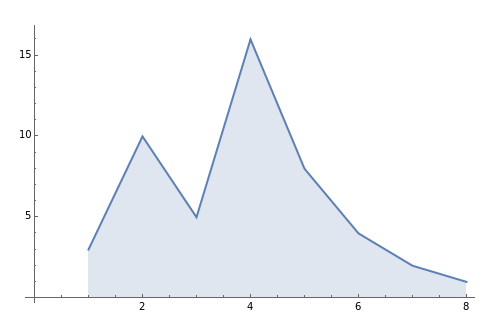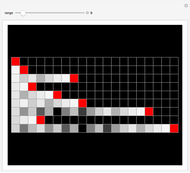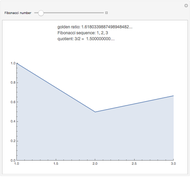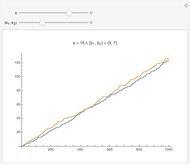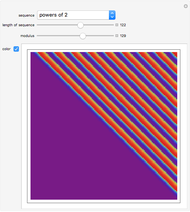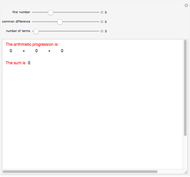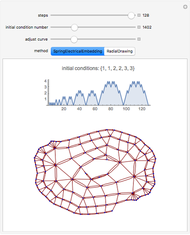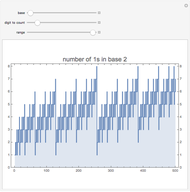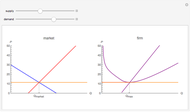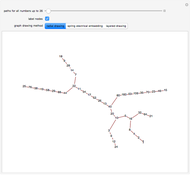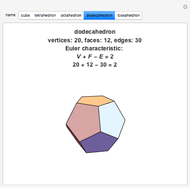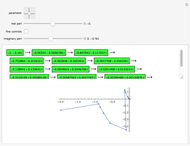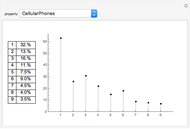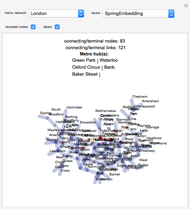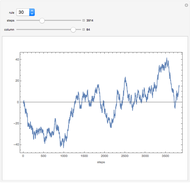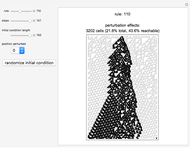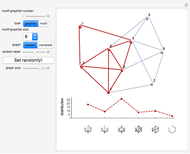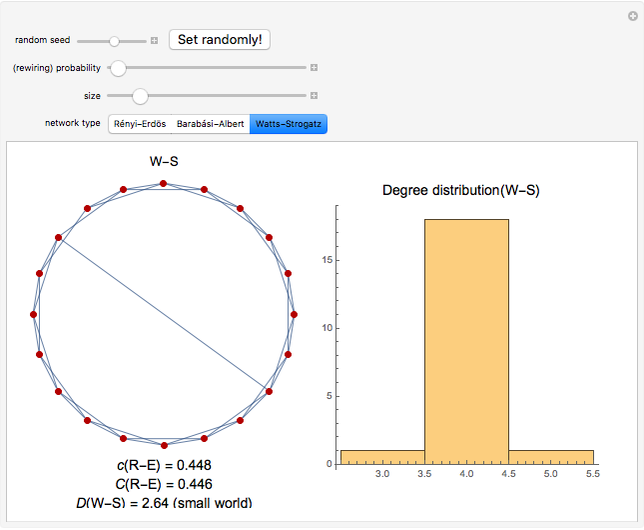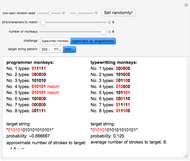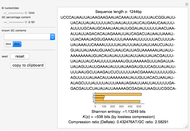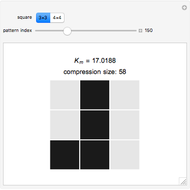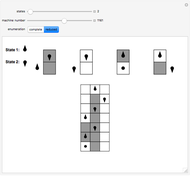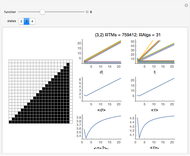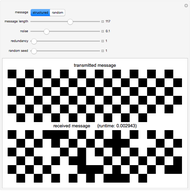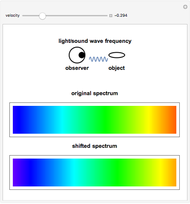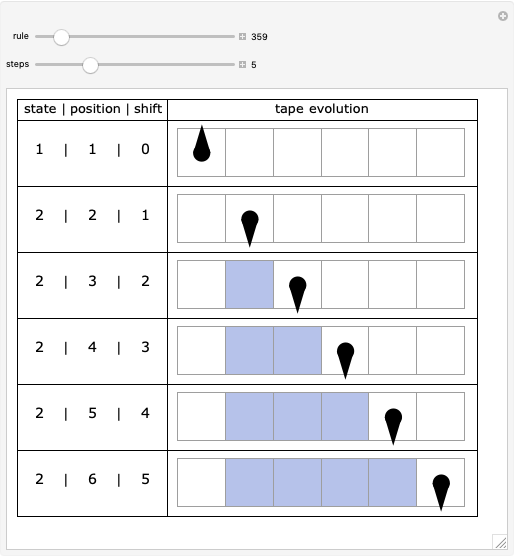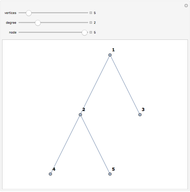Collatz Sequence Paths

Requires a Wolfram Notebook System
Interact on desktop, mobile and cloud with the free Wolfram Player or other Wolfram Language products.
To generate the values of the Collatz sequence, start with a number  ; if it is even, halve it, but if it is odd, triple it and add 1. Repeat the process. For example, if
; if it is even, halve it, but if it is odd, triple it and add 1. Repeat the process. For example, if  the sequence is 3, 10, 5, 16, 8, 4, 2 and finally 1. The Collatz probem (or
the sequence is 3, 10, 5, 16, 8, 4, 2 and finally 1. The Collatz probem (or  problem) states that for any starting number
problem) states that for any starting number  the sequence eventually reaches 1. This is true at least for the many numbers that have been tried. Despite work since the 1930s, no proof for the general case is known. This Demonstration follows the path to the value 1 for the first 100 integers.
the sequence eventually reaches 1. This is true at least for the many numbers that have been tried. Despite work since the 1930s, no proof for the general case is known. This Demonstration follows the path to the value 1 for the first 100 integers.
Contributed by: Hector Zenil (March 2011)
Open content licensed under CC BY-NC-SA
Snapshots
Details
detailSectionParagraphPermanent Citation
"Collatz Sequence Paths"
http://demonstrations.wolfram.com/CollatzSequencePaths/
Wolfram Demonstrations Project
Published: March 7 2011
